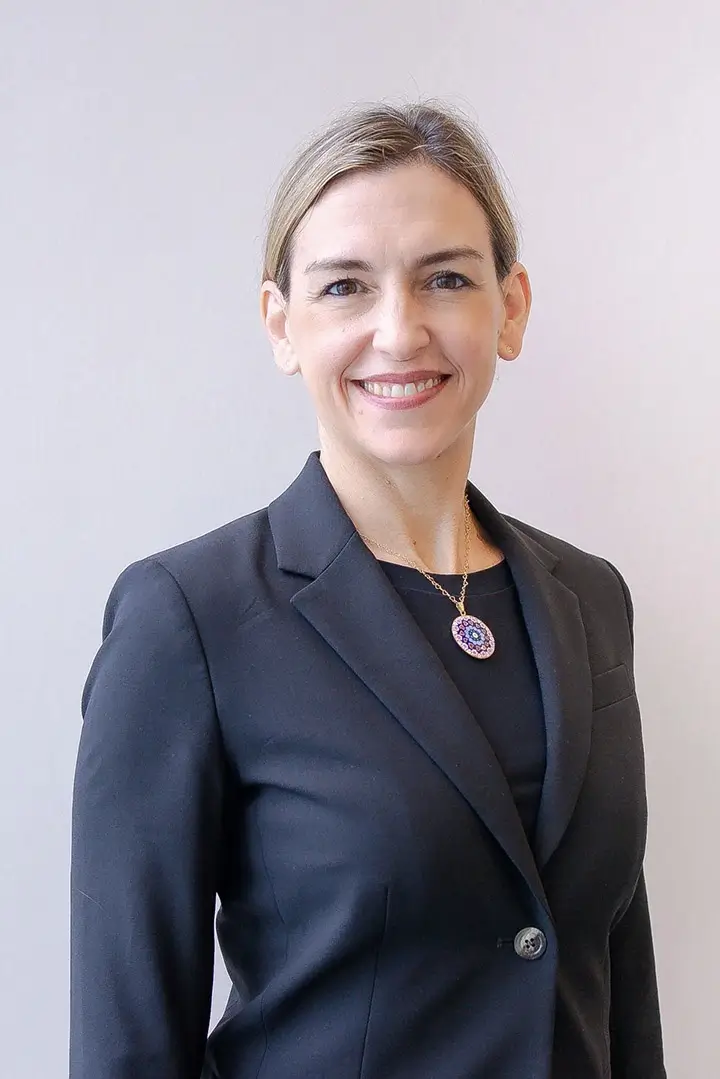Millions of individuals exercise to get rid of unwanted body fat every single day. But that same fat that so many try to burn off, may one day save their lives.
The very fat that many try to rid themselves of contains baby fat cells. Those stem cells can be isolated form the tissue, cultivated in a laboratory dish and molded into the type of cells you want to grow. Singapore doctors are planning on doing just that. Clinical trials will soon be in progress to develop techniques that will take a patient’s fat tissue and create new cartilage, bone, and fat stem cells.
Promising results from animal experimentation has pushed ahead human clinical trials which should begin in 18 months.
The research team knows that the potential for new treatments is limitless, despite the dream still being quite young. The fat stem cells could help diabetics produce their own insulin, or help in breast reconstruction for cancer patients.
Renowned surgeon Dr. Susan is closely involved with this particular project, and for the past three years has been deeply involved with stem cell research at the National University of Singapore.
In 1990, the first successful liver transplant in South-East Asia was performed by Dr. Susan, and she says that stem cell research could revolutionize even that particular field in the future.
Whole organs like the pancreas or the liver were initially used during a transplant procedure. But as Dr. Susan explained, new procedures were put in place to split an organ and share it around instead due to short supply.
Islet cells to treat diabetes and liver cells to address liver failure will be the ultimate solution.
Cell rejection was once a possibly hurdle, but a person’s own stem cells can be used to treat him with adult stem cell research she said.
“This does not even pose any ethical questions, unlike the use of stem cells from embryos,” said Dr. Susan. “It is a very exciting and promising field.”
Multiple varieties of cells can be formed from stem cells. And since fat is something that most would be glad to part with, there is good reason for Dr. Susan to target fat tissue in her research.
“If someone says that he needs to take your liver cells for example, most patients will be hesitant,” she said. “So you must look for something that the patient is ready to part with. And everyone’s ready to part with fat.”
Dr. Susan’s team just has to build on the recipe for fat, cartilage, and bone cells, since there has already been a great deal of global research on how stem cells can be cultivated.
“The aim is to produce lots and lots of these particular cell types to treat the specific disease and in the end to transplant these cells back to the person,” said Susan.
She says that the current cost of whole organ transplantation is more than what the stem cell procedures will cost.
Even more ambitious plans that exceed breast reconstruction for cancer patients are being tested for future application. Stem cells could be used by diabetic patients to generate islets so they can produce their own insulin. Generating heart muscle cells are also on tap for the future.
“We are greatly inspired to continue this work as there are many patients to-date with spinal cord injuries and other degenerative nerve injuries who desperately need new treatment options,” she said.
All that is needed is for individuals to be willing to part with those parts of the body that may be a little to curvaceous for their own taste.

